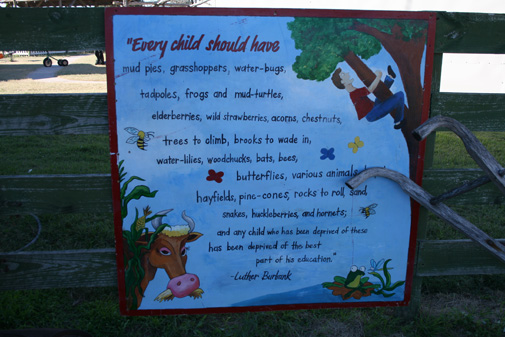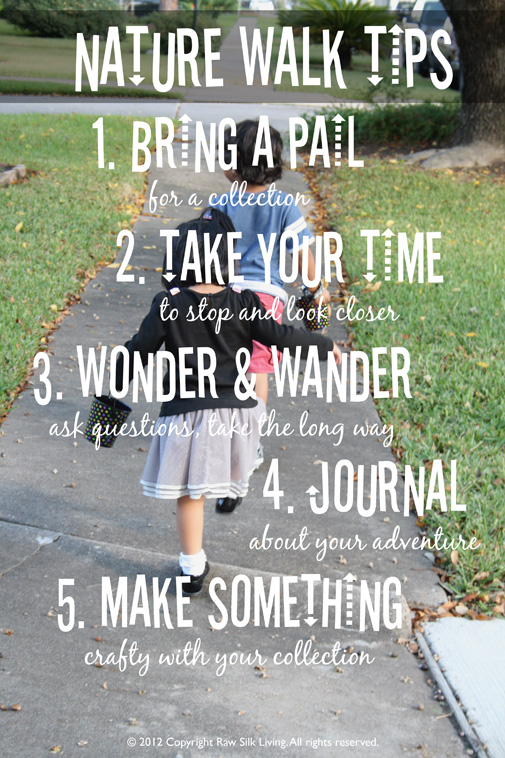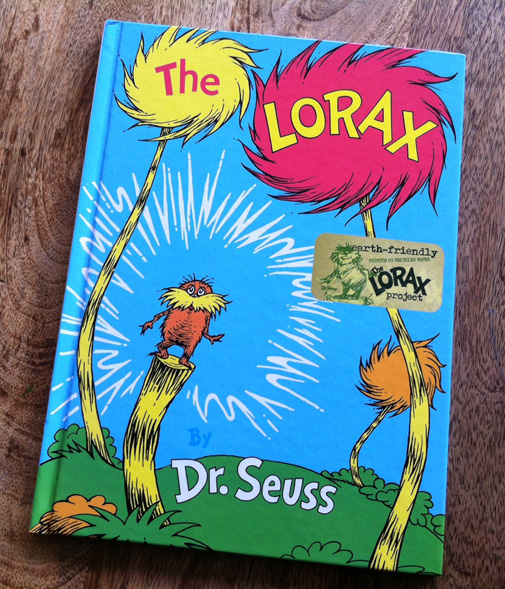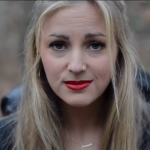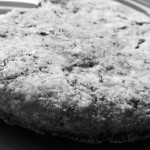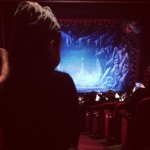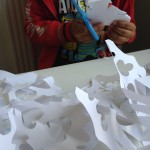American botanist Luther Burbank said that nature provides the best part of every child’s education. While most little ones won’t be venturing on mountain hikes or fossil-hunting expeditions just yet, young children are magically able to find adventure almost anywhere they go. Nature walks {even for pre-walkers} provide opportunities to connect with natural surroundings, experience the world through the senses, and build broad knowledge and understanding.
When envisioning true education, we often expect overtly structured learning environments and contrived skills-based activities. Yet, open-ended exploration provides valuable real-world enrichment. With little preparation and few supplies, you can create fun educational outings close to home.
Consistent with the philosophy of physician and educator Maria Montessori, observe your child’s natural interests and readiness. Use those observations to identify simple ways to create deeper experiences on your walks.
For instance, if your child recently commented, “the trees are dancing,” center your walk around the topic of wind. You might reinforce her poetic perspective by making up a song for the trees to dance to, but also introduce scientific observation to learn about the direction and force of wind.
Bring a Pail
Give your child his own pail, brown lunch bag, or basket, and allow him to collect items along the trail. Whether you create a scavenger hunt list or just go with the flow, searching for and collecting items will build a sense of autonomy. This real “work” empowers him with individual purpose.
As an extension activity, include crayons and paper to take rubbings of items that don’t fit in the collection or that have unique textures.
Take Your Time
Set a casual, unhurried pace to encourage your child to notice and observe the details around her. If you would like to bring focus, select a certain type of item to collect, such as leaves. Collect all sorts of leaves, and discuss the variations in shape, size, color, and texture. Next time, focus on another natural theme, such as acorns, pine cones, berries, seeds, insects, wind, bark, moss, water, or birds and wildlife.
As a springboard before your outing, read a book such as The Lorax by Dr. Seuss to bring context and appreciation for the natural world. On your walk, find actual representations of each of the fictitious animals and plants.
Wonder and Wander
Consider your nature walk an exciting “choose your own adventure.” Although you may set out to look for a certain list of items, a particularly engaging discovery may send you in a new direction. To truly connect with natural surroundings, your explorer needs time and freedom to follow his own curiosity.
As parents, we especially must let go of the normal fast pace of life and appreciate the small things we often take for granted or might even find boring. Pose “I wonder…” questions that help your child see beyond the surface. Be willing to take the long way.
Journal
Journaling is a powerful tool that can extend a nature walk and connect to other experiences, while also building creative writing, reading, and social-emotional skills.
To create a journal entry, prompt your child to draw a picture about her nature walk. Then, ask her to dictate her thoughts about the walk for you to write. Be sure to include the date. You can also assist by gently ironing leaves between wax paper to preserve and keep in the nature notebook.
Make Something
Whether indoor or outdoor, temporary or keepsake, use natural items as art media. Take the opportunity to notice patterns and variations in color, shape, and texture.
With a little glue and imagination, help your child create unique collages, nature wreaths, stick cabins, acorn animals, dioramas {maybe of The Lorax world}, magnets for the refrigerator, or anything inspired by his natural collection.
“…And so we discovered that education is not something which the teacher does, but that it is a natural process which develops spontaneously in the human being. It is not acquired by listening to words, but in virtue of experiences in which the child acts on his environment. The teacher’s task is not to talk, but to prepare and arrange a series of motives for cultural activity in a special environment made for the child.” —Maria Montessori
Life experiences provide the best educational experiences. Look upon nature walks as a regular activity. Setting out with a purposeful goal can transform the same path into countless new adventures. On occasion, broaden perspectives by visiting diverse natural environments:
- Pumpkin patches, Christmas tree farms, apple orchards, or strawberry patches
- Community and school gardens
- City nature discovery centers and arboretums
- Zoos and botanical gardens
- City, state, and national parks
- Aquariums and waterways (from creeks to oceans)
What types of natural explorations will you try with your child? Is there a certain book that inspires your adventures in nature? Leave a Comment below. If you enjoyed this article, please be sure to Like and Share.





